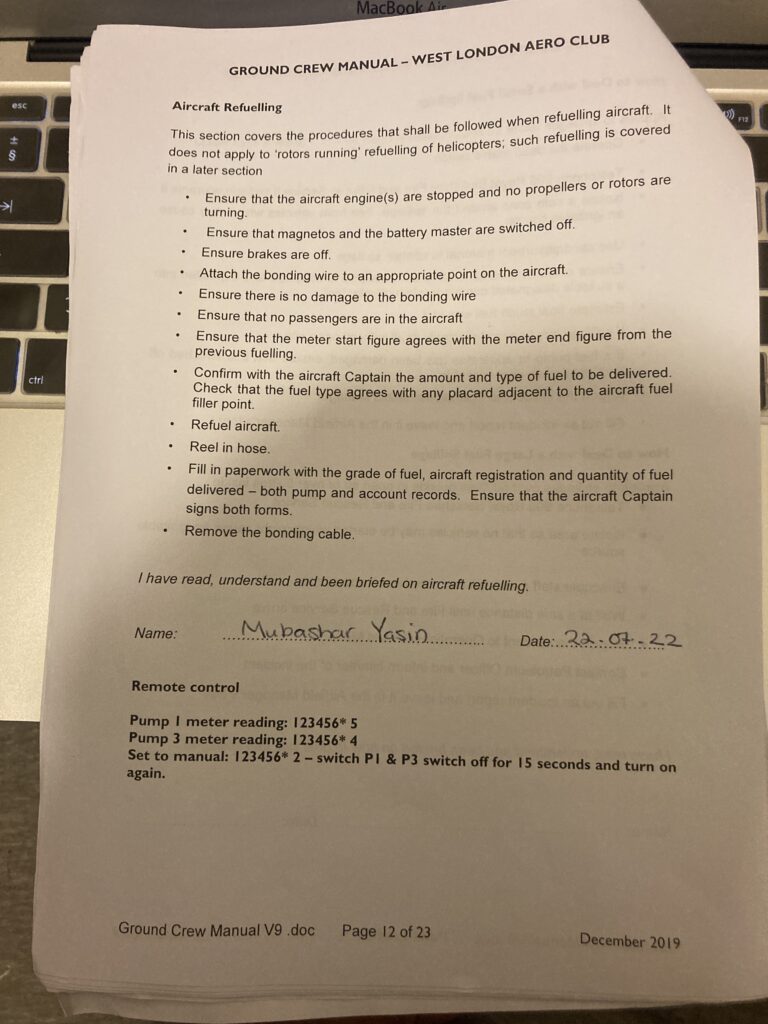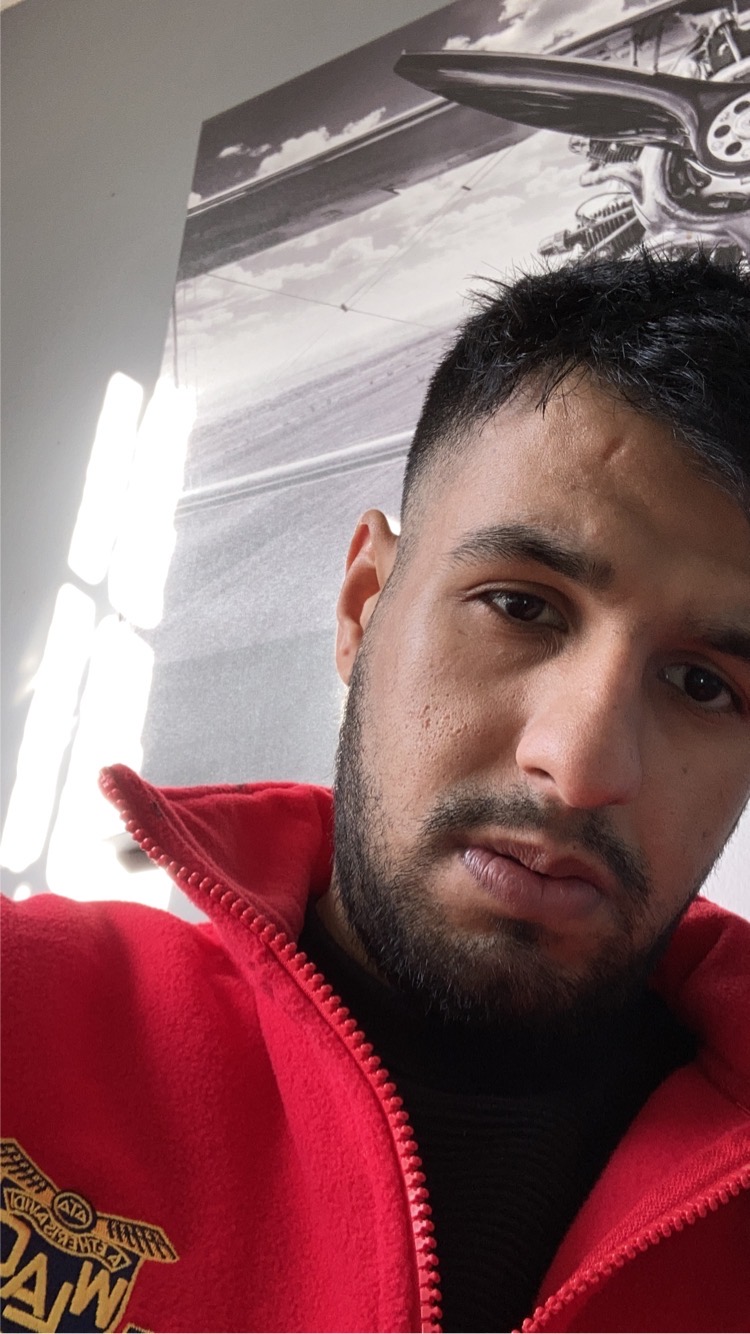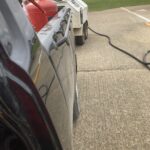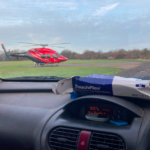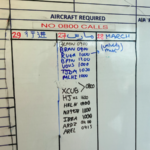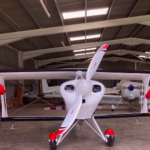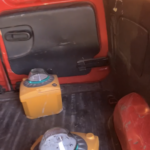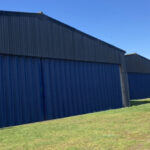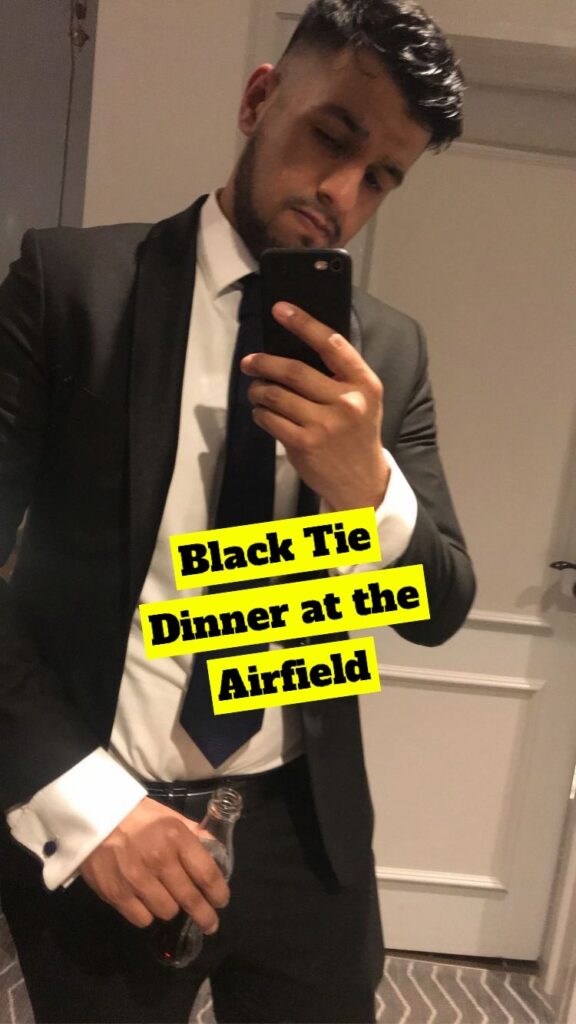Ground Crew - West London Aero Club.

Currently I work as a Ground Crew at West London Aero Club. I thoroughly enjoy working for the airfield I work at – we have a great team headed by the ground crew manager. There are not ‘set’ roles as Ground Crew. You will have your priority responsibilities, such as responding to emergency, fire-fighting and rescue. And you’ll have other responsibilities like cutting grass to painting chairs! I’ve learnt leadership, team-working, situational awareness, problem-solving, time management, working under pressure and networking skills through my role as Ground Crew!
The responsibilities as Ground Crew include:
– Working with the Ground Crew: members and our team leader to ensure the airfield is maintained to a high standard. To provide a fuelling service to members and visitors. To manoeuvre aircraft carefully and safely.
– Emergency Response, Fire Crew and Rescue: to any emergency situation on the airfield or within proximity of airfield.
– Airfield maintenance: such as grass cutting, strimming, litter picks (tough gig) and minor repairs to the clubhouse (i.e. the lounge room).
– Equipment checks: make sure fire equipment is kept to CAA RFFS standards, lighting equipment and landing/take-off indicators are working.
– Hangar checks: no fire risks/hazards; tidy and presentable; hangars are locked safely.
– Fuel checks: these are daily (or bi-daily) checks for contamination. Fill daily fuel for checks and safely store away in cupboard. Reporting fuel numbers onto the fuel sheets and requesting for re-fills when low. Ensure fire extinguishers are put outside in the mornings.
– Runway checks: for foreign object debris (FOD). Report any dips or irregularities with runway. White lining of the runway numbers if faded. Water the runway (in summer only). Charge runway lights for winter night flying. Put out runway lights on runway (winter only). Airfield perimeter checks.
More around the fuel responsibilities:
– I will talk around the fuel responsibilities as this is something we do day in day out. At WLAC, there are 3 fuel types: AVGAS, JET-A1 and UL-91. Tanks have a capacity of approx 22,500 litres. We also have 3 bowsers (JetA1, AVGAS and UL91) at separate areas of the airfield.
On a daily basis I typically would check the dips. When a tank is at 500 litres – you’d place a request for more.
Fuel Checks
When doing fuel checks daily – the below is what we’re looking for:
AVGAS sample: Clear, bright blue (CBB) with NO sediment or H2O
JETA1 sample: Clear, bright uncoloured (CBU) with NO sediment or H2O
UL91 sample: Clear, bright and uncoloured (CBU) with NO sediment or H2O
Record meter readings and tank quantities on daily checks list. Empty old sample into a dump tank and clean container for the new sample. Fill the sample and dip a rod stained with dye. If it turns from brown to red – it is contaminated and further investigation is required. If not then the sample can be stored away in the cupboard for later reference if required. This must be done for all tanks and bowsers.
A TYPICAL DAY AS GROUND CREW
MORNING: Chair Painting
After the basic runway/fuel checks (above) I start planning for the sunny summer days by painting the outdoor chairs in metallic green. 10 chairs are painted and now drying in the scorching sun!
Rotors running re-fuelling
As I drink coffee we get a radio call. “A helicopter is coming in 5 minutes for a rotors running. We need all hands on deck!” We whizz down in our trucks. One person prepares the fuel station whilst the other signals the helicopter from start to finish. Once fuelled we give him the thumbs up and off he goes!
AFTERNOON: Mowing the lawn
It’s 3pm and there’s nothing to do. Right, time to mow the grass! First I start at the runways not in use and cut around the signs. I then mown around hangers and the car park. Before you know it it’s almost 5pm.
LATE AFTERNOON: Night flying.
It’s winter time.. which means one thing. Night flying! It’s time to set the lights out on the active runway. I check the runway lights are fully charged. My buddy and I drive down the runway and position the lights. Papi lights are connected and positioned at the start of the runway. Now all there’s left to do is standby as fire rescue until the last aircraft lands at 9.30pm!
At the end of the day we lock the fuel station. Lock the hangars. Remove the runway lights. Lock the doors. Time to get a drink!
What a day!


